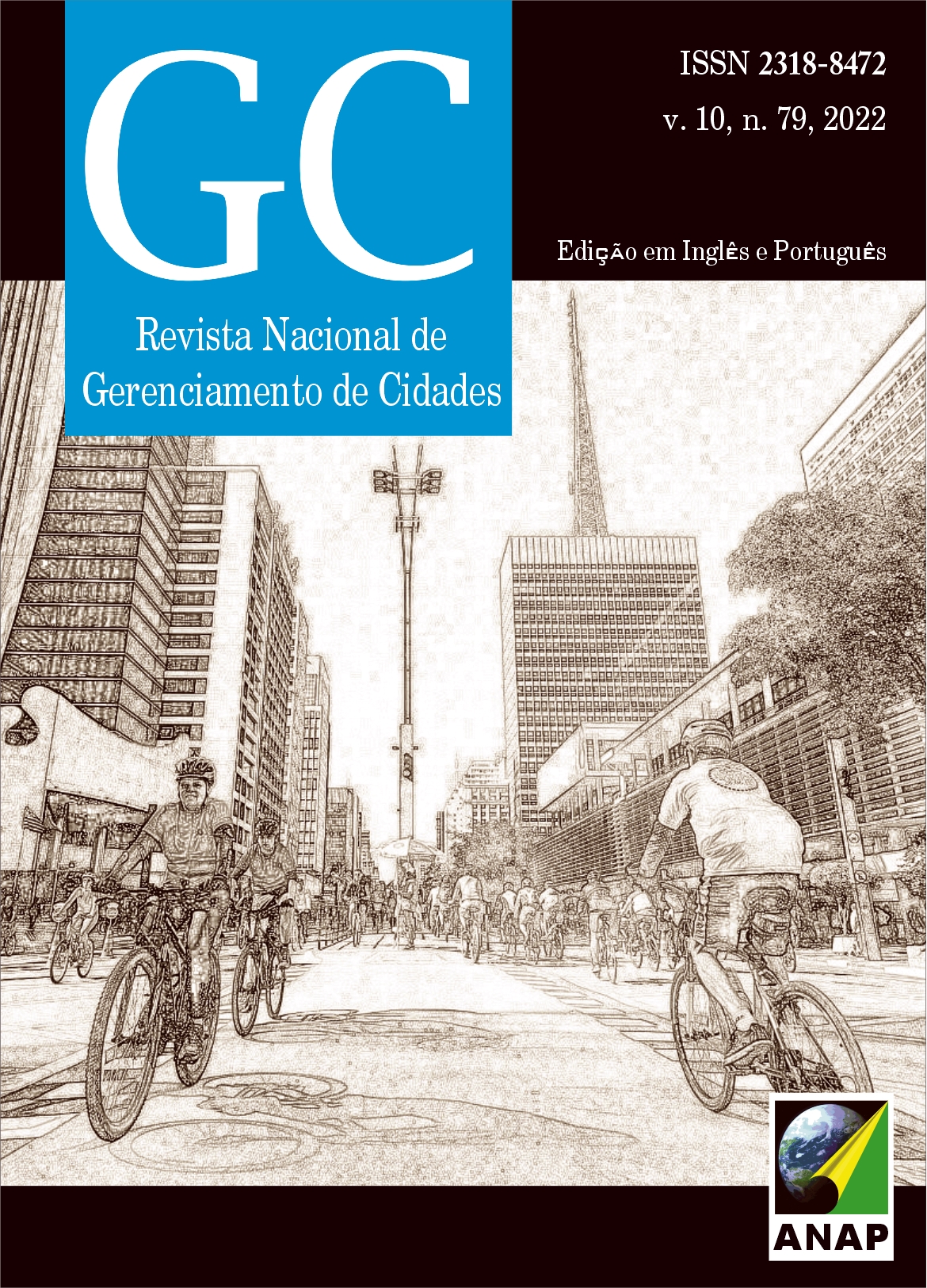Factors that may impair the walkability of students on the route between the Alencastro urban public transport station and the Federal Institute of Mato Grosso (Cuiabá Campus)
DOI:
https://doi.org/10.17271/23188472107920223293Palavras-chave:
Walkability. Pedestrian. ICam 2.0.Resumo
Currently, a large number of people move around cities on foot. But few municipalities have a detailed diagnosis of this infrastructure quality, especially around school areas. Given this reality, this article aims to present the results of a study that evaluated the factors that affect the walkability of students on the route between the Alencastro Urban Public Transportation Station to the Federal Institute of Mato Grosso (Cuiabá Campus). The methodology consisted of applying the walkability index (ICam) developed by the Institute for Transportation and Development Policies (ITDP Brazil) in 2018, which allows the following themes to be evaluated: sidewalk, mobility, attractiveness, public safety, road safety, and environment. The results show that the evaluated path needs some priority interventions related mainly to the themes Public Safety and Attractiveness, with short-term actions that should be implemented by the local public authorities. And the results show that the methodology used is easy to use and thus can contribute to the development of similar studies.















